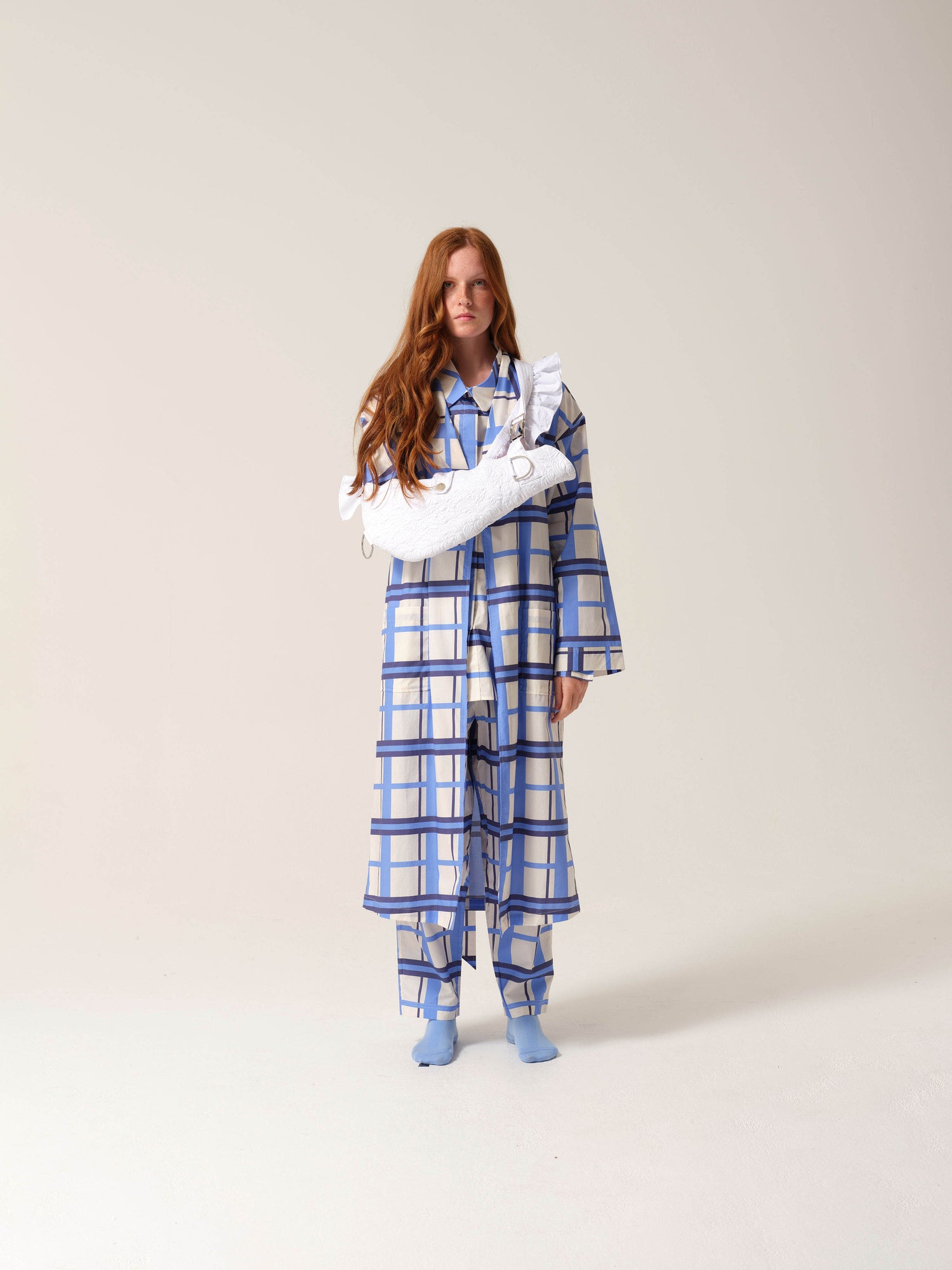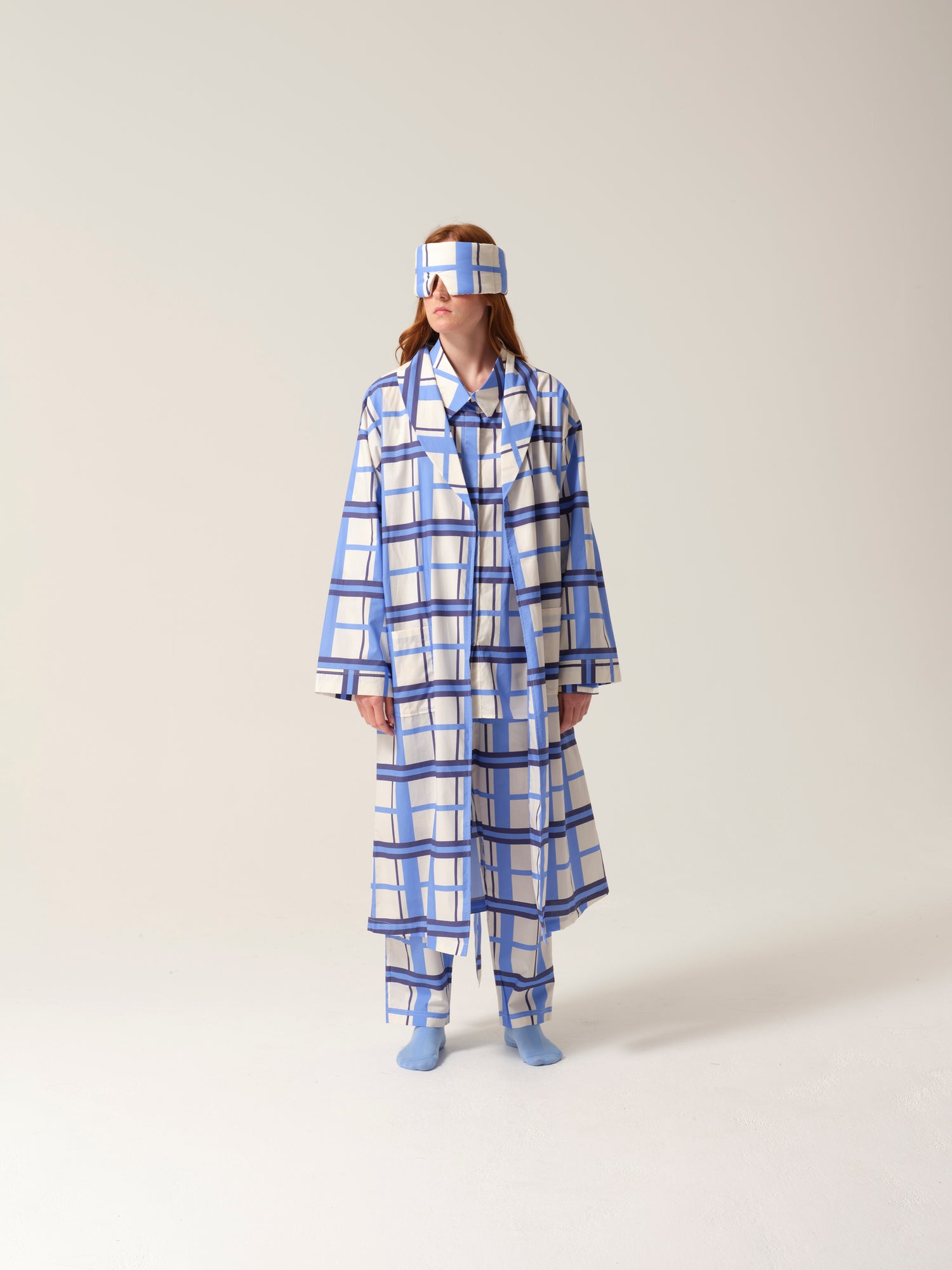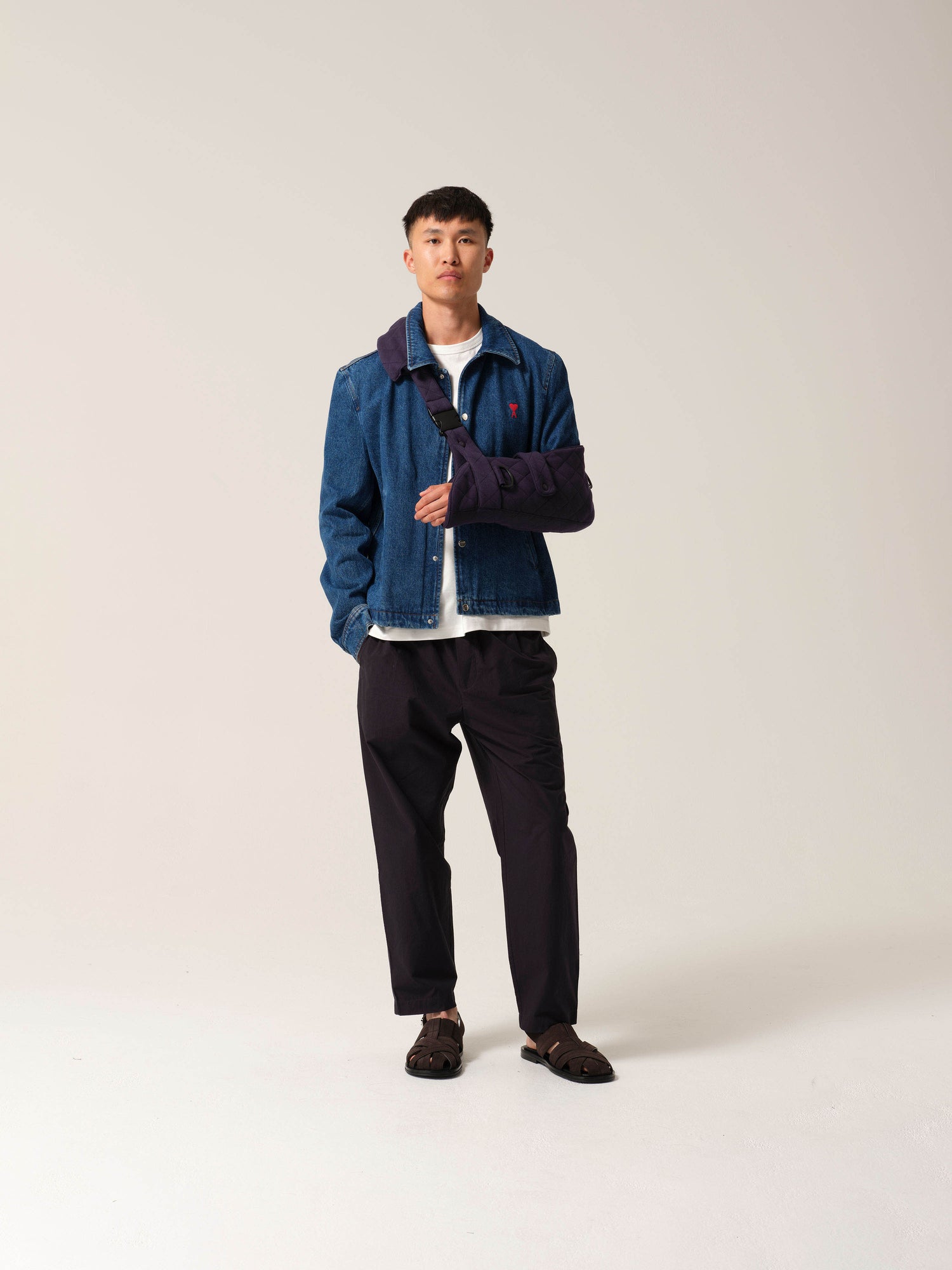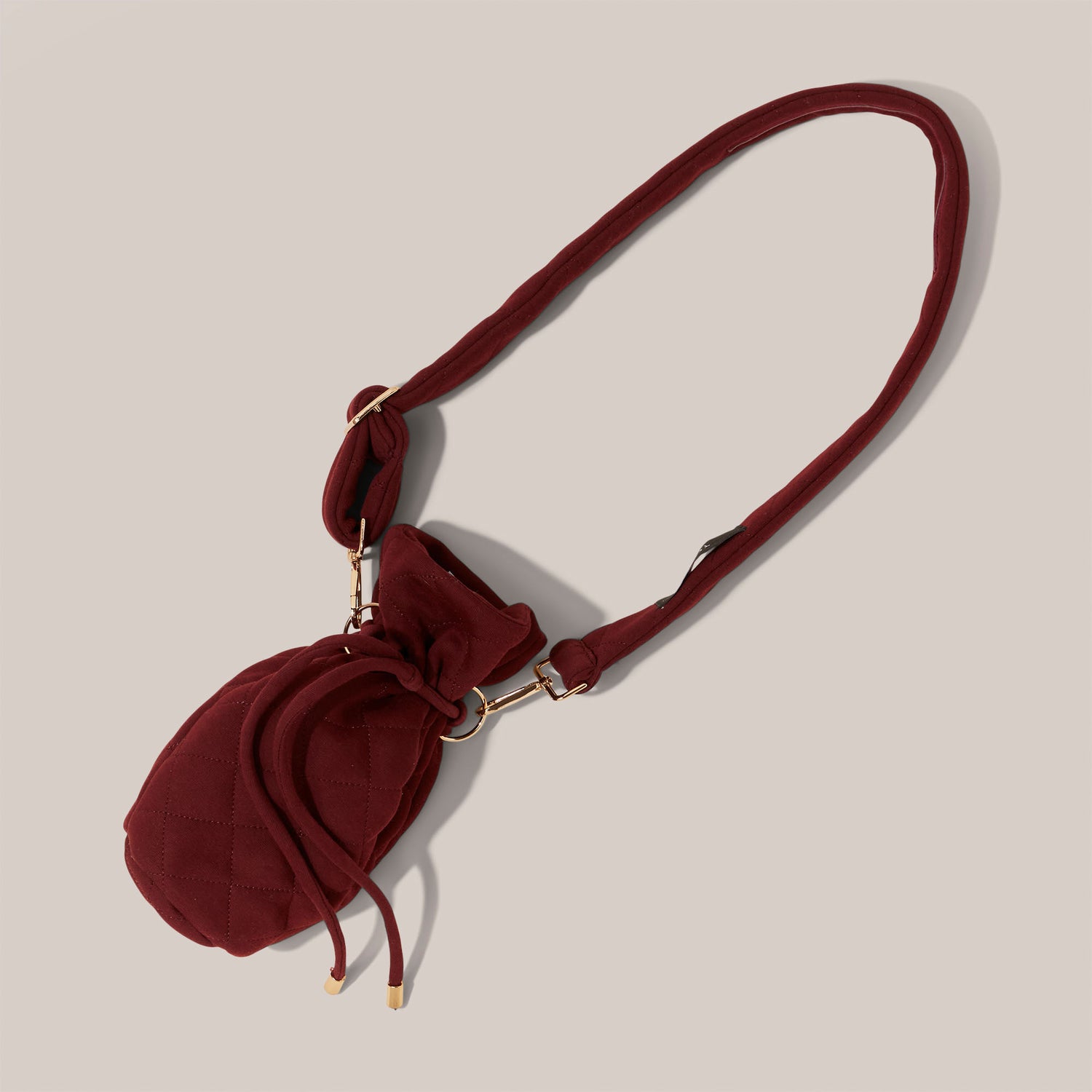
Falling with Style
Why Your Arm Sling Needs an Upgrade
Skiing: a centuries-old pursuit of thrill-seekers, royals, and those who simply love a good Gstaad Instagram. From the Vikings gliding across fjords to the St. Moritz set clinking champagne flutes, this winter sport has long been synonymous with style and status. But let’s talk about something far less glamorous - the humble arm sling.
Every year, thousands of skiers return from the slopes not with an après-ski glow but with a broken arm. With skiing injuries occurring at a rate of 2-3 per 1,000 skier visits, arm and wrist fractures alone account for up to 10% of all skiing injuries. If we extrapolate that across Europe and North America’s ski season, that’s tens of thousands of people desperately trying to match their fleece-lined Moncler with a hospital-issue polyester sling. Tragic.
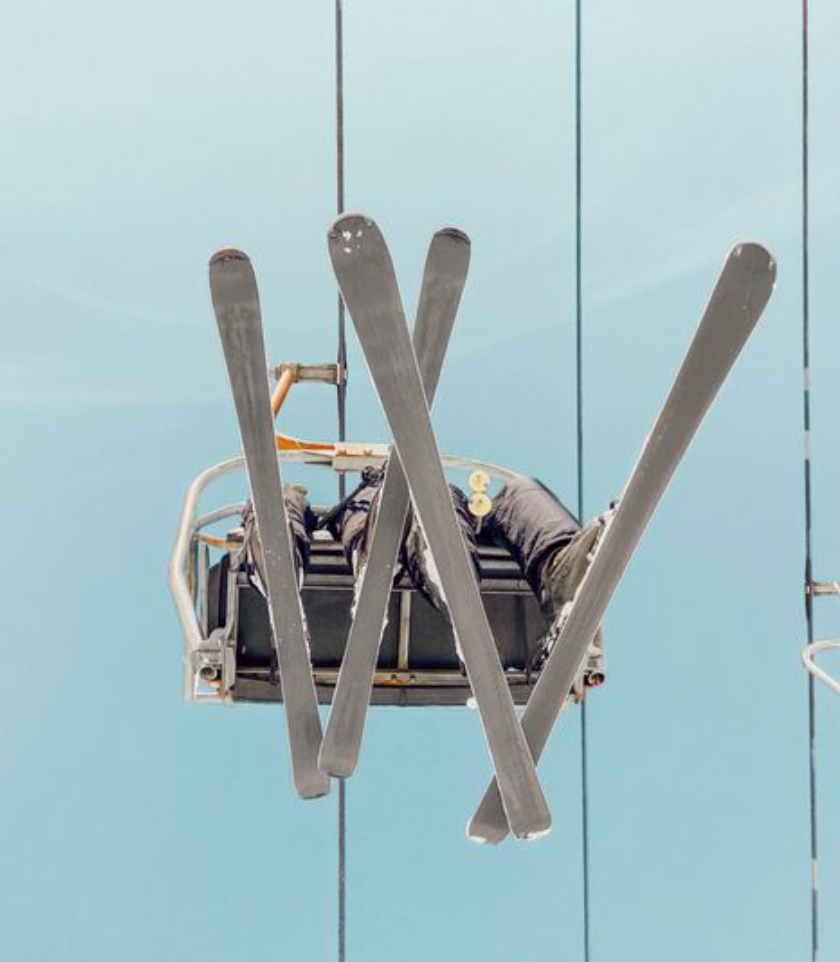
The History of Skiing—and Falling with Style
Skiing itself dates back some 10,000 years, with the oldest known ski remains found in Russia and Sweden. The Norse gods even had a ski deity, Ullr, which is ironic given that most of us are probably cursing the heavens after a particularly embarrassing wipeout on the black run. By the 19th century, skiing had evolved from a practical mode of transport into a leisure activity, with the first ski club founded in 1861 in Norway and St. Moritz opening its doors as the first ski resort in 1864.
But one thing that hasn’t evolved quite so elegantly? The arm sling.
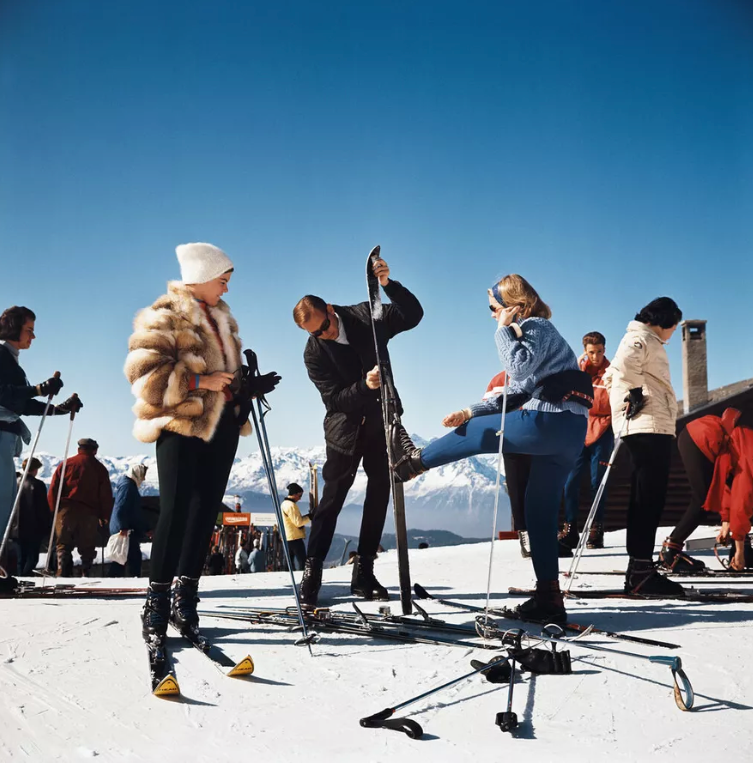
The Arm Sling: From Ancient Egypt to… the Doctor's Waiting Room?
Arm slings date back to at least 2500 BCE, with the Egyptians using linen and wooden splints to immobilise fractures. The Greeks followed suit, with Hippocrates (he of ‘Hippocratic Oath’ fame) advocating for fabric supports. Fast forward to Napoleonic battlefields, where wounded soldiers fashioned makeshift slings out of scarves. By the 20th century, the standard-issue triangular bandage became the norm - practical, yes, but about as stylish as a paper hospital gown.
And here’s the thing - while skiing equipment has seen revolutionary innovation (parabolic skis, carbon fiber boots, heated goggles), the arm sling remains largely unchanged. Why, in 2025, are we still strapping on beige nylon monstrosities that look like they belong in a 1950s medical textbook?
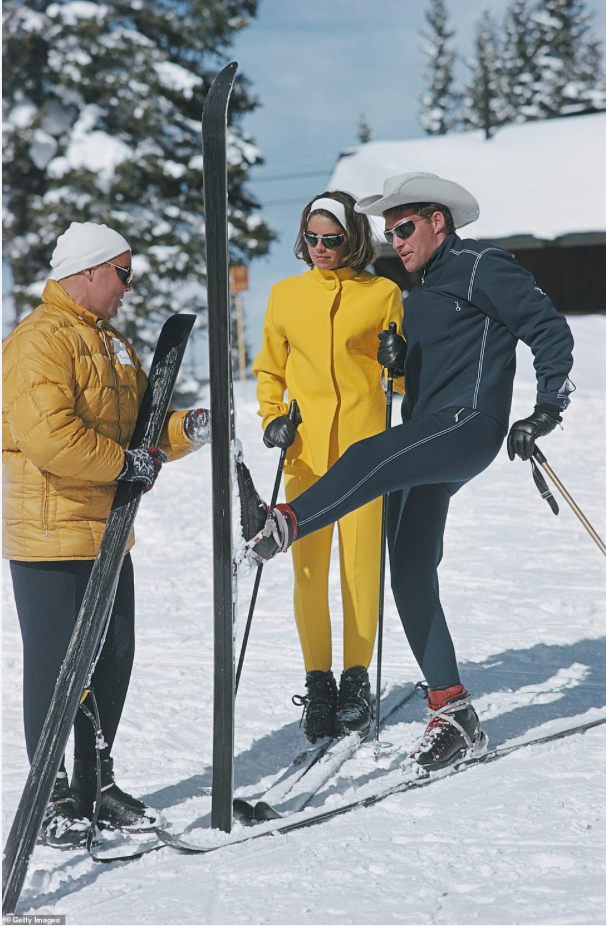
Enter the TONIC Luxe Arm Sling Revolution
If you must break an arm, you should at least do it in style. Enter TONIC's Jumper Sling -the first true luxury upgrade to the post-injury wardrobe. Knitted from cashmere and lined with sumptuous shearling, it’s as much a fashion statement as it is a functional support. Say goodbye to scratchy polyester and hello to après-ski chic.
After all, if you’re swanning around Courchevel 1850, why should you suffer the indignity of a medical-grade eyesore? Fashion has already upgraded the ski jacket (hello, Perfect Moment) and ski boots (we see you, Prada Moon Boots). It’s high time that the recovery wardrobe followed suit.
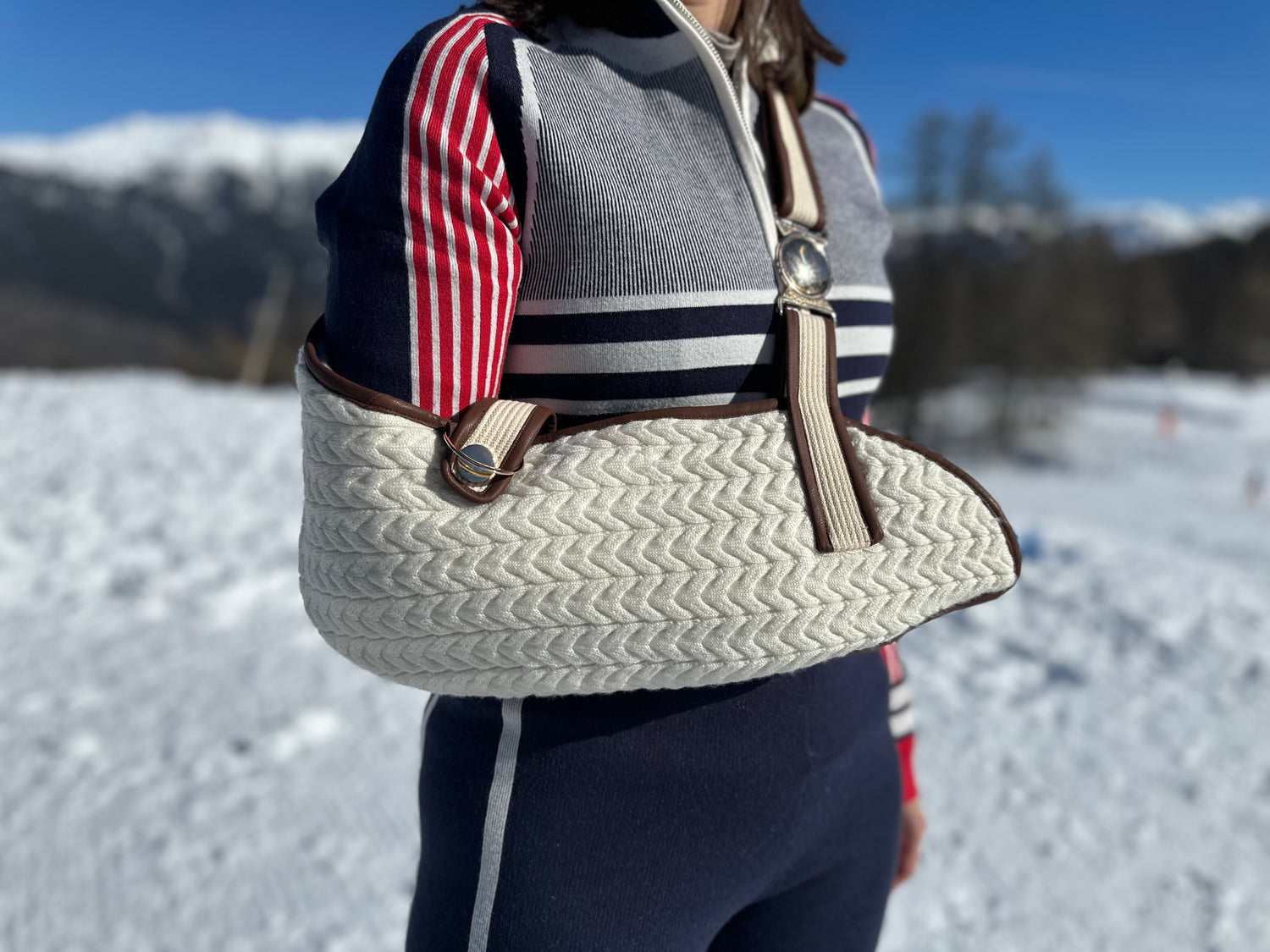
Break in Style, Recover in Luxury
So, the next time you take a tumble in Val d’Isère, know that while history may repeat itself, your sartorial choices don’t have to. Wrap yourself in cashmere comfort, sip your vin chaud, and let the peasants suffer in standard-issue slings.
Because let’s be real: if you must break a bone, at least make it fashion.
TONIC Arm Slings


Womens Jumper Sling® Buttermilk/Gold
Wool & Shearling
Womens Jumper Sling® Buttermilk/Gold
Wool & Shearling
Regular price
£320.00
Regular price
Sale price
£320.00
Unit price
/
per
